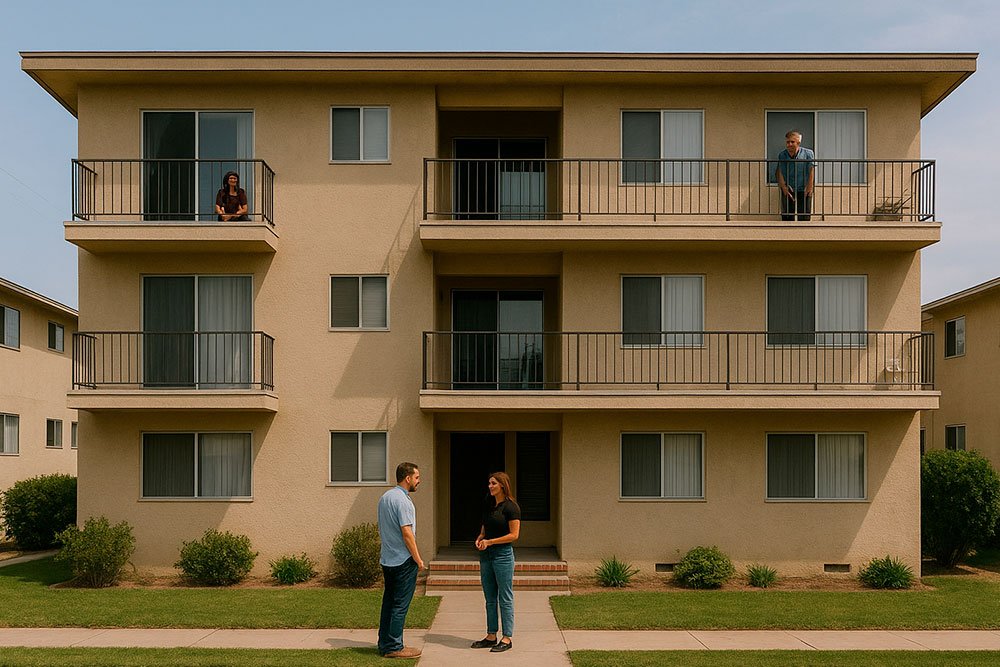One of the most fundamental Key Performance Indicators (KPIs) in real estate investing is Understanding the Gross Rent Multiplier (GRM).
This metric provides a quick snapshot of a property’s value relative to its rental income and helps investors determine whether a property is priced appropriately.
When evaluating income-producing properties, knowing how to interpret the numbers can be the difference between a sound investment and a costly mistake.
In this article, we’ll break down how the GRM works, how to calculate it correctly using real-world data, and what to watch out for when reviewing property listings.
What Is the Gross Rent Multiplier (GRM)?
The Gross Rent Multiplier is a simple yet powerful formula used to estimate how many years it would take for the property’s gross rental income to equal its purchase price.
While it doesn’t account for taxes, maintenance, or other expenses, it’s an effective first-step screening tool to compare different investment properties.
The formula is straightforward:
GRM = Property Price ÷ Annual Gross Rent
For example, if a property costs $2,950,000 and generates $223,104 in annual gross rent, the GRM would be approximately 13.22.
This number means that, theoretically, it would take just over 13 years for the gross rental income to match the purchase price—assuming rents and conditions remain stable.
Real-World Application: A Multi-Unit Property in Hawthorne, California
Let’s apply this formula using a real property located in Hawthorne, a city in Los Angeles County’s South Bay area.
The property in question has 11 rental units and is listed at $2,950,000. The actual collected monthly rent across all units totals $18,592, which translates to $223,104 annually.
Dividing the asking price by the annual rent gives us the 13.22 GRM. In markets like Hawthorne—where demand for rentals remains strong and local regulations are relatively investor-friendly—this figure represents a healthy range for multi-unit residential investments.
Why “Actual Rents” Matter More Than “Pro Forma” Rents
One of the most common pitfalls investors fall into is relying on pro forma rents rather than actual rents.
“Pro forma” numbers often reflect what the property could earn under ideal market conditions, not what it currently earns.
While this can provide helpful context, it should never be used as the foundation for your investment calculations.
Instead, investors should always verify actual rental income through key documents:
Rent Roll: This report lists each tenant’s rent, lease terms, and payment history. It’s typically provided once escrow opens.
Tenant Estoppels: These are signed certifications from tenants confirming their rent amounts, deposits, and lease details—ensuring no surprises once ownership transfers.
These documents provide verifiable proof of income and protect you from potential misrepresentations.
The Impact of California’s Tenant Protection Act (AB1482)
Understanding local rent control laws is crucial when analyzing potential returns. In California, AB1482 (the Tenant Protection Act) caps annual rent increases at 5% plus the Consumer Price Index (CPI)—typically around 7–8% total per year.
If you notice that pro forma rents exceed the allowable increase under AB1482, it’s a red flag. Investors must respect these limits; otherwise, they risk compliance issues and possible legal complications.
Therefore, while pro forma rents might reflect future potential, they should be treated only as informational, not as the basis for financial projections or property valuations.
How to Use GRM in Your Investment Strategy
The GRM shouldn’t be the only metric guiding your investment decisions, but it serves as an excellent first filter. Properties with lower GRMs generally offer higher returns on investment, though they may also carry more risk or require additional management effort.
A GRM between 13 and 14 is typically a favorable range for properties in Los Angeles County’s South Bay area, where rental demand and property values remain strong.
However, investors should complement GRM analysis with other KPIs such as the Capitalization Rate (Cap Rate), Cash-on-Cash Return, and Net Operating Income (NOI) for a more complete picture.
